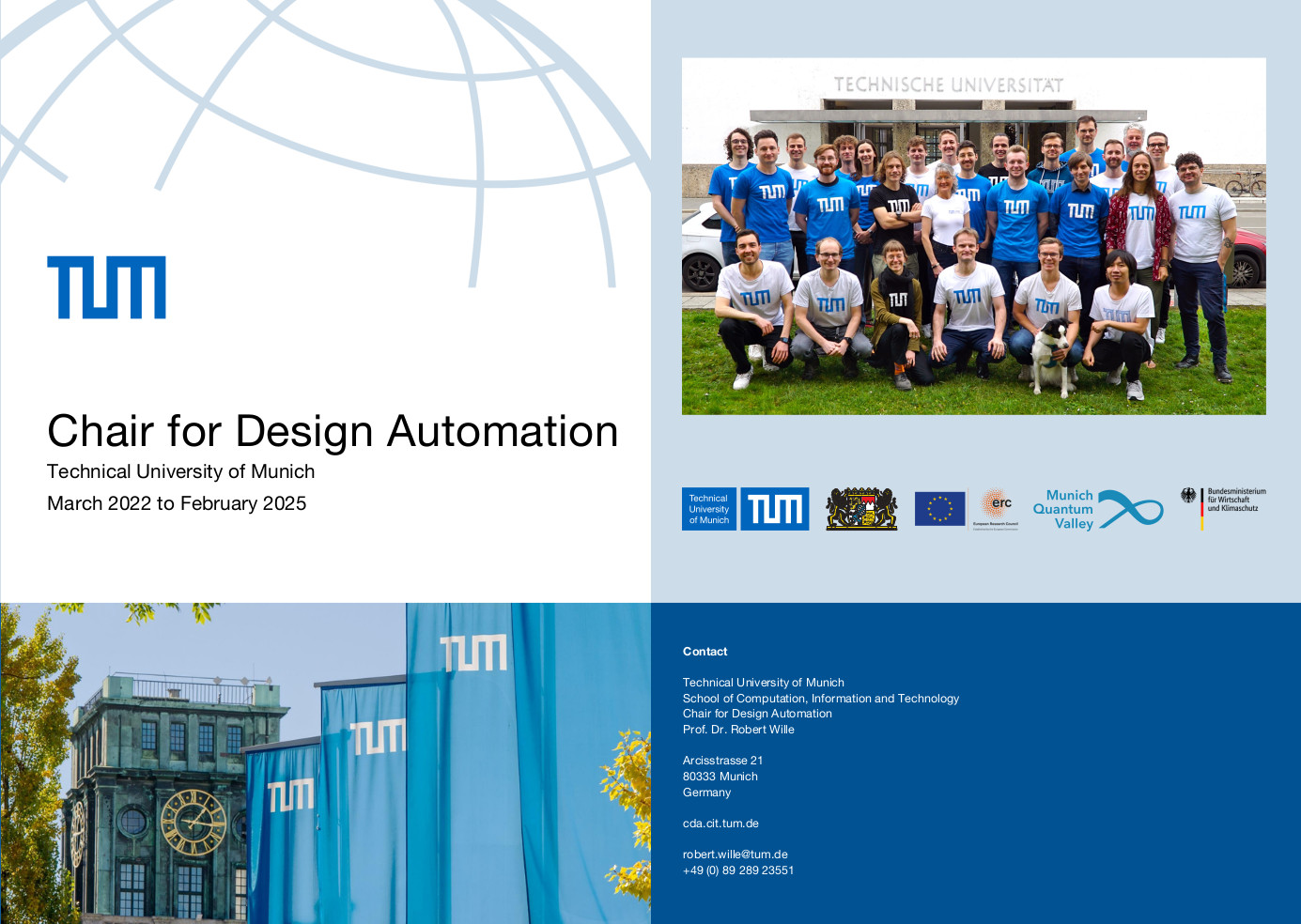
Channel Router
This page provides the Channel Router: a tool allowing to generate a routing layout of channel-based microfluidic devices, where multiple components should be connected according to a specification. Furthermore, the tool is able to prevent cornered channel bends by maintaining a minimal bending radius. It is also possible to specify the length of a particular channel, which is a common constraint in microfluidic designs in order to ensure, for example, a certain hydrodynamic resistance, flow rate, timing, etc. The tool itself consists of a drawing and a control area. The drawing area is the actual workspace of the tool and holds a visual representation of the current layout, while the control area contains buttons to start or clear the routing as well as an input mask to have a more detailed control over the specified layout and channels. By clicking on the corresponding buttons inside the control area, the user can add the following two objects to the drawing area:
- Components represent the actual building blocks on a microfluidic chip and cannot be crossed by a channel, i.e., they also serve as obstacles inside the layout.
- Connections represent the inlets/outlets of components that should be connected inside a microfluidic chip. Hence, a single connection is basically a pair of two points that define the start and end point of a channel. A connection can also be easily added by directly drawing the start and end point(i.e., the inlets/outlets) on the boundary of corresponding components inside the drawing area.
Details of the approach are summarized in the paper Channel Routing for Microfluidic Devices: A Comprehensive and Accessible Design Tool.
If you use the tool for your research, we would be thankful if you referred to it by citing the following publication:
@ARTICLE{ebner2022channel,
AUTHOR = {P. Ebner and G. Fink and R. Wille},
TITLE = {Channel Routing for Microfluidic Devices: A Comprehensive and Accessible Design Tool},
JOURNAL = {IEEE Transactions on Computer Aided Design of Integrated Circuits and Systems (TCAD)},
YEAR = 2022,
VOLUME = {},
NUMBER = {},
PAGES = {}
}
Click here to access the Channel Routing tool.
In case of questions/problems, please contact us through microfluidics.cda@xcit.tum.de.
More on our work on microfluidics is summarized in this page.



